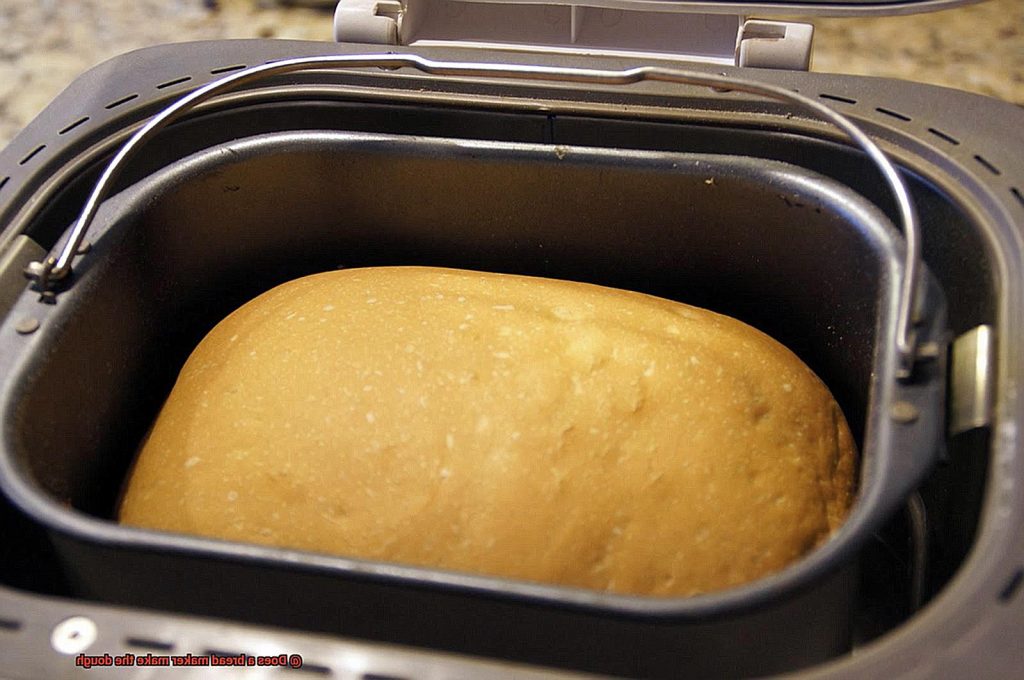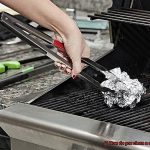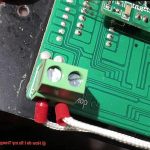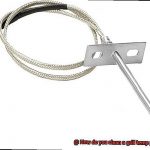Do you crave the heavenly scent of freshly-baked bread filling your home? The kind that makes your taste buds tingle and your soul sing? If you’re anything like me, then you know the struggle of making dough from scratch. But fear not, my fellow bread enthusiasts. Enter the bread maker – a small kitchen appliance designed to make the process of baking bread easier and faster. However, there’s one burning question on everyone’s mind: does a bread maker actually make the dough?
In this blog post, we’ll take a deep dive into the world of bread makers and explore how they work their magic. We’ll examine their unique features and capabilities, including whether or not they can handle making dough. Plus, we’ll dish out some insider tips on what to look for when buying a bread maker and highlight some of its benefits.
Whether you’re an amateur baker or a seasoned pro, this post is for you. So buckle up and get ready to discover everything you need to know about using a bread maker to whip up that perfect batch of dough. Let’s go on this journey together and unlock the secrets behind this handy kitchen gadget.
Contents
Does a Bread Maker Make the Dough?
A bread maker might be the solution you’re looking for. One question that often comes up is whether a bread maker makes the dough or not. The answer is yes. Bread makers are designed to mix and knead the dough, saving you time and effort compared to doing it by hand.
The process is simple: add your ingredients to the bread maker’s pan, select your desired settings, and let it do its job. The machine will mix and knead the dough for you, ensuring that it’s well-combined and has the right consistency. Using a bread maker takes the guesswork out of kneading the dough, which can be challenging for beginners.
One of the benefits of using a bread maker is that it saves time. Kneading dough by hand can be hard work, especially if you’re making a large batch or have hand conditions. A bread maker takes care of this step for you, allowing you to focus on other things or take a break while it works.
Another advantage of using a bread maker is that it eliminates uncertainty. Kneading is an essential step in bread-making, as it develops gluten strands and gives bread its structure. However, it can be challenging to know when you’ve kneaded the dough enough or too much, especially if you’re new to baking. A bread maker automatically kneads the dough for the perfect amount of time, ensuring that your bread turns out perfectly every time.
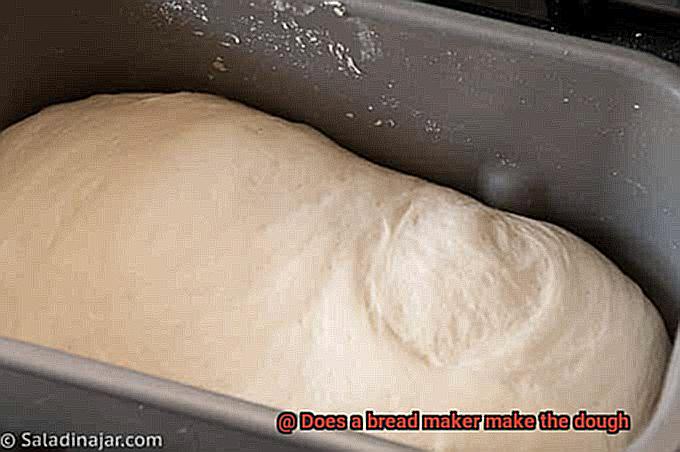
It’s important to note that even if your bread maker has a dough setting, you may still need to do some additional work. For example, adjusting the amount of flour or water depending on the type of bread you’re making is an essential step in achieving the perfect texture and consistency. Additionally, some recipes may require you to let the dough rise before baking, which would need to be done outside of the bread maker.
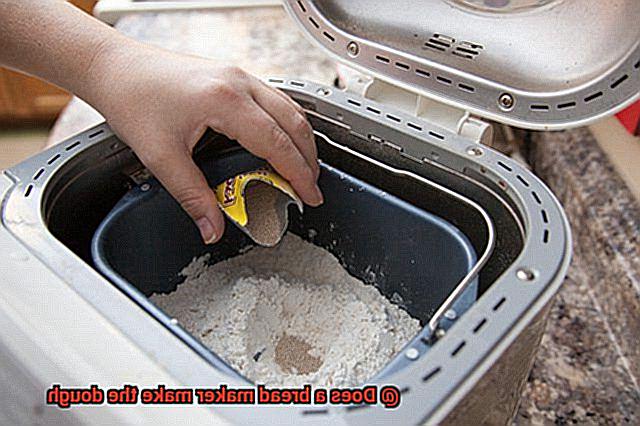
Advantages of Using a Bread Maker to Make Dough
First and foremost, a bread maker takes the guesswork out of the mixing and kneading process. With this appliance, you no longer have to worry about whether you’ve added enough flour or water, or if you’ve kneaded the dough enough. The machine ensures that all ingredients are properly mixed and kneaded to create the perfect dough consistency every time, making it especially helpful for beginners or those who may not have the time or patience to knead dough by hand.
In addition to taking the guesswork out of baking, a bread maker also saves time. Once the ingredients are added, it takes care of the rest of the process, allowing you to focus on other tasks or simply relax while your dough is being prepared. Many bread makers even come with delayed start settings, so you can set your machine to start preparing dough at a specific time, such as early in the morning or while you’re away at work.
Another advantage of using a bread maker is that it results in less mess and clean-up. You no longer have to worry about flour and other ingredients spilling onto countertops or floors because the mixing and kneading process is contained within the machine. Plus, most bread makers come with removable pans that can be easily washed, making clean-up a breeze.
Finally, using a bread maker can save you money in the long run. While purchasing a bread maker may seem like an initial investment, it can ultimately save money by eliminating the need to purchase pre-made dough or expensive bakery items. Plus, homemade bread and baked goods taste better and can be customized to suit individual preferences.
To summarize, the advantages of using a bread maker to make dough are numerous. Here are some of the key benefits:
- Consistent results every time
- Time savings
- Less mess and clean-up
- Potential cost savings
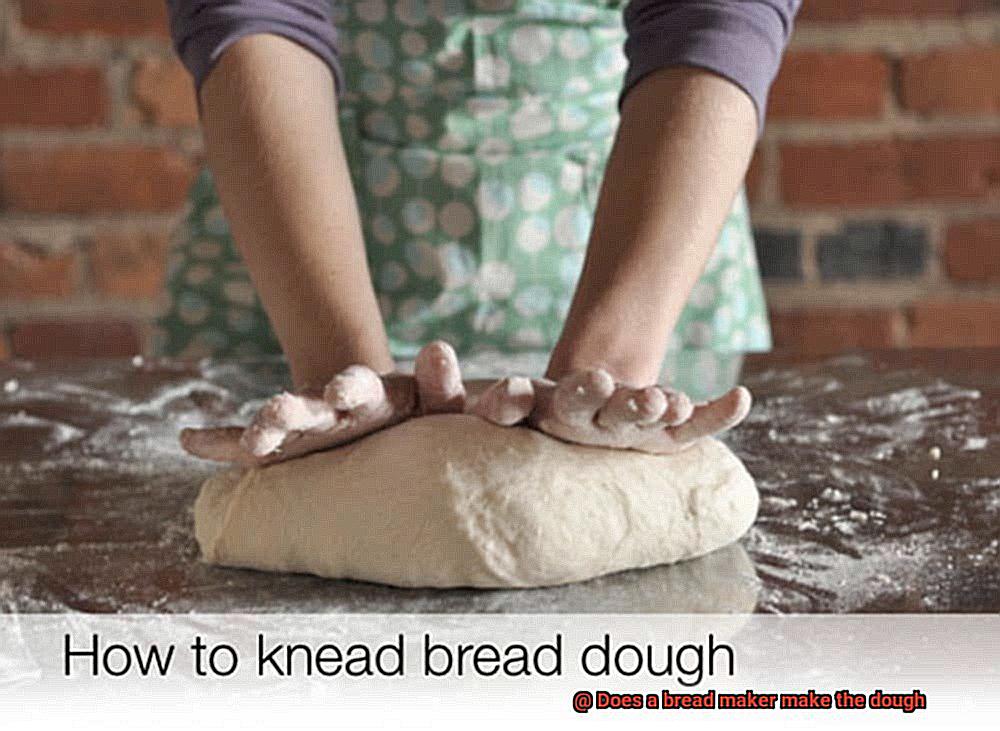
Disadvantages of Using a Bread Maker to Make Dough
While they provide convenience, they often lack the customization options that many bakers seek. One of the most significant drawbacks is the limited control they offer, leaving you unable to adjust kneading or rising times, or other variables that can alter the final product’s outcome.
In addition to limited control, bread makers also have size limitations. Many models have a maximum dough capacity, which can be problematic for larger batches or recipes that require more dough. This means bakers may have to divide the recipe into smaller batches or use alternative methods to make their dough.
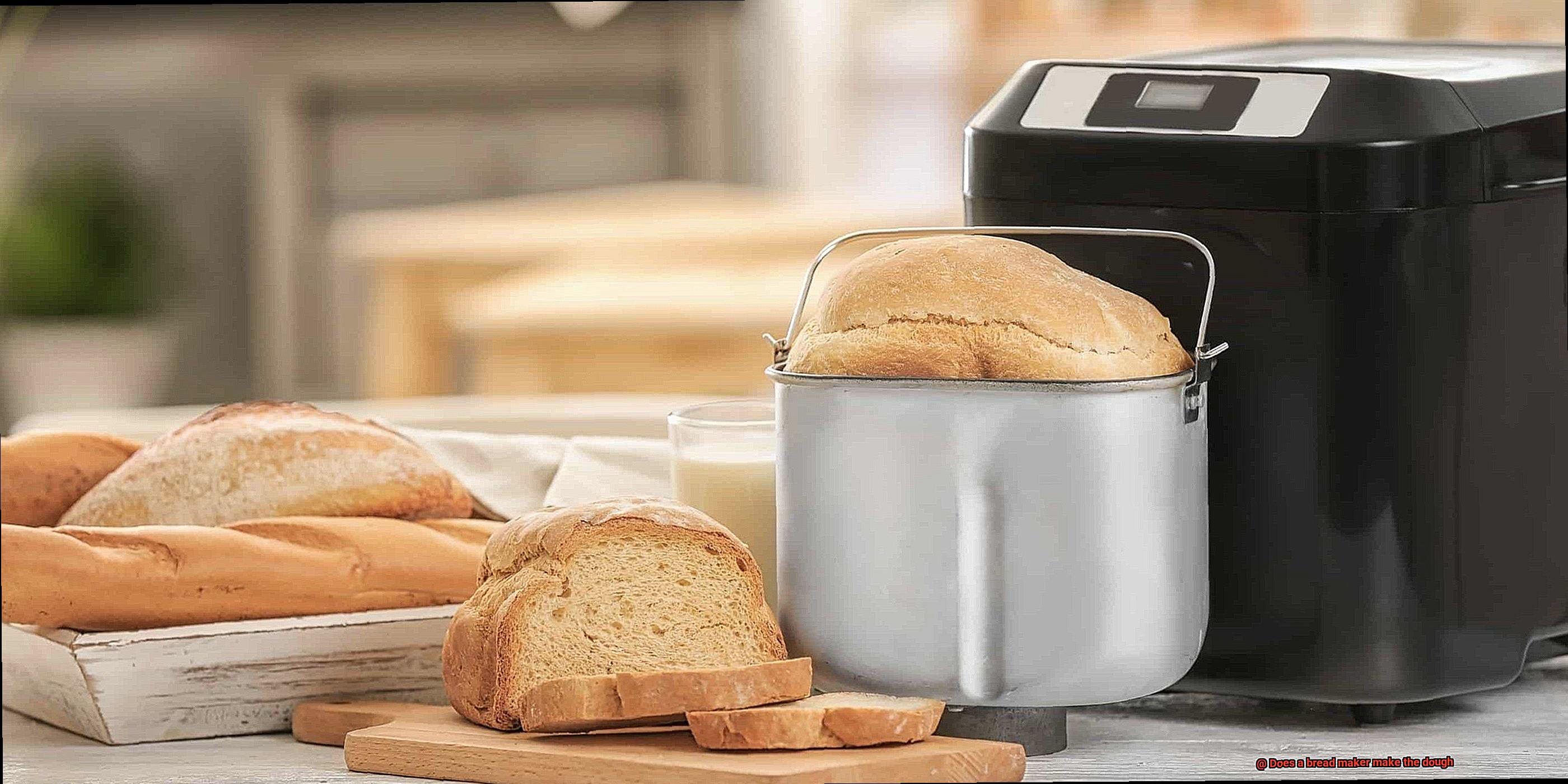
Furthermore, some users have reported issues with uneven mixing of ingredients. This can result in dough that is not properly kneaded or distributed, leading to poor quality bread. Not to mention, adding ingredients to some bread makers can also be challenging, as some models require all ingredients to be added at once, making it difficult to add mix-ins or ingredients at specific times during the kneading process.
While bread makers are convenient, they can also be expensive for those who only bake occasionally. Investing in a bread maker may not be worth the expense for these individuals.
How to Use a Bread Maker to Make Dough
Making homemade bread is a labor of love, but it can also be a time-consuming process. Fortunately, a bread maker can help you create delicious dough with ease and save you valuable time in the kitchen. Here’s how to use a bread maker to make dough in five simple steps:
Step 1: Gather Your Ingredients
The first step is to gather all the ingredients you’ll need for your recipe. This typically includes flour, yeast, salt, sugar, water, and sometimes oil or butter. Accurately measure out each ingredient according to your recipe instructions.
Step 2: Add Ingredients to the Bread Maker
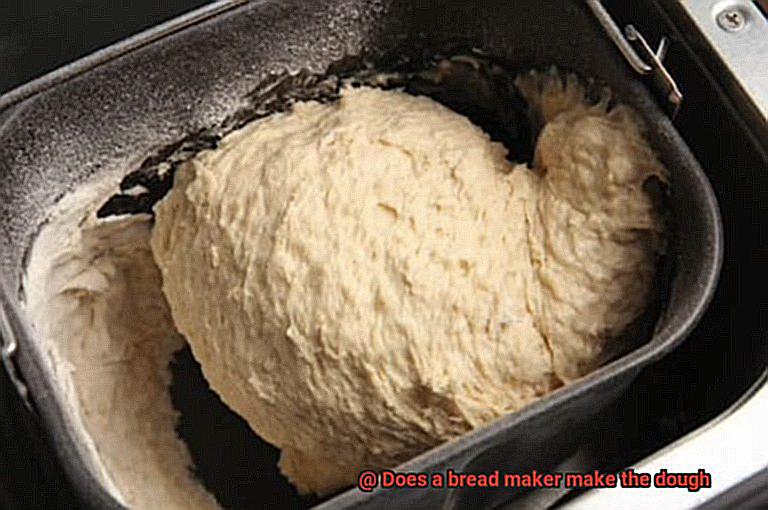
Next, add your ingredients to the bread maker pan in the order specified by your recipe. Generally, you’ll want to start with liquid ingredients like water or milk, followed by dry ingredients on top. Make sure that the yeast doesn’t come into contact with any liquid until it’s time for kneading.
Step 3: Select the Dough Setting
Once all your ingredients are in the pan, select the dough setting on your bread maker and press start. This will allow the machine to mix and knead the dough automatically. The dough setting may vary depending on your bread maker, so refer to the manual for instructions.
Step 4: Shape the Dough
After the machine has finished kneading, remove the dough from the pan and place it onto a floured surface. You can now shape the dough into rolls or loaves as required by your recipe.
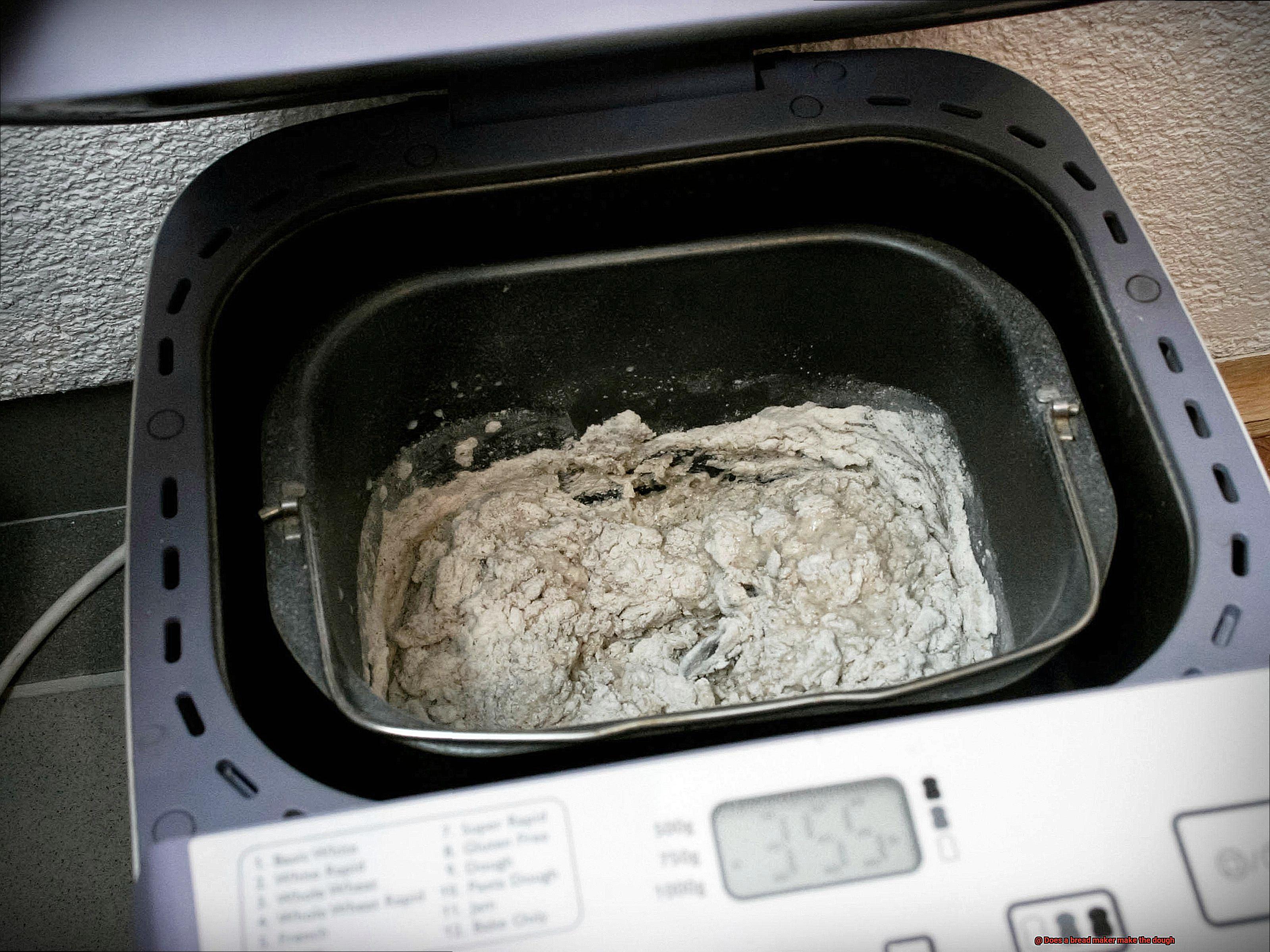
Step 5: Let It Rise and Bake
Allow your shaped dough to rise for a specified amount of time before baking it in an oven or other baking appliance. Follow specific recipe instructions for baking time and temperature.
Different Types of Bread Makers and Their Features
Bread makers have become a staple in many households, making it easier to enjoy freshly baked bread without spending hours in the kitchen. However, with so many different types of bread makers available, it can be overwhelming to choose the one that suits your needs best. Let’s explore the various types of bread makers and their features to help you make an informed decision.
Standard Bread Maker
The most common type of bread maker is the standard bread maker, capable of making a complete loaf of bread from start to finish. It comes with pre-set programs for different types of bread, such as white, whole wheat, or French bread. Many models also have a delay timer feature that allows you to wake up to the smell of fresh bread in the morning.
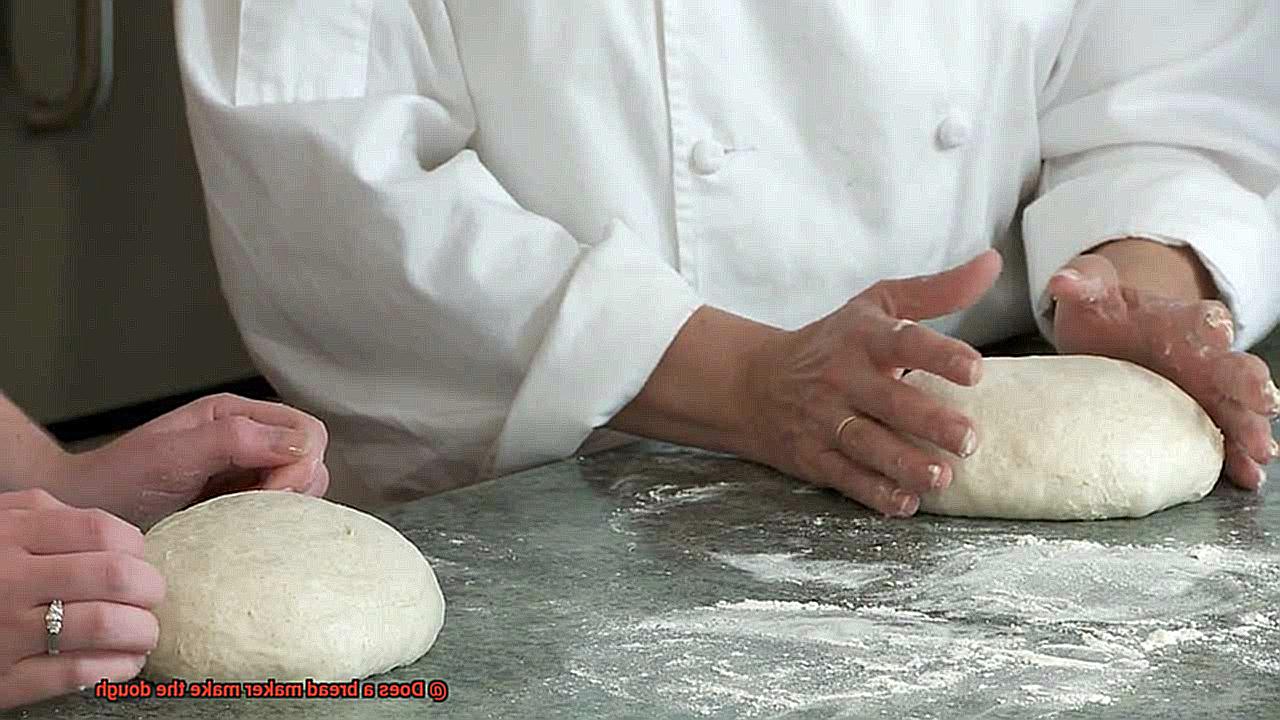
Dough Maker
If you prefer to bake your bread in the oven, a dough maker might be a better option for you. It only mixes and kneads the dough, leaving you to shape and bake it as you please. Dough makers are also ideal for making pizza crusts and other baked goods.
Combination Bread Maker
Combination bread makers offer the best of both worlds by allowing you to make both complete loaves of bread and dough only. They come with multiple settings for different types of bread and a delay timer function for added convenience.
Artisanal Bread Maker
Artisanal bread makers are specifically designed for making artisan-style bread that requires longer fermentation times and specific temperature control. They have a larger capacity than standard bread makers and come with multiple settings for different types of artisanal bread.
Multifunctional Bread Maker
For those who want more versatility, multifunctional bread makers come with additional features such as jam-making or yogurt-making settings. This type of bread maker is perfect for those who want to experiment with different recipes beyond just making bread.
When choosing a bread maker, consider factors such as the size of your household, counter space, and personal preferences. Do you want a machine that can make gluten-free bread or has a fruit and nut dispenser? Answering these questions will help you choose the right bread maker for your needs.
Tips on Making the Perfect Loaf with Your Bread Maker
Bread makers have revolutionized the way we make bread at home. With these handy appliances, you can have fresh, homemade bread without the hassle of traditional baking methods. Here are some tips and tricks for making the perfect loaf with your bread maker.
Using Fresh Ingredients
The first and most crucial tip for making the perfect loaf in your bread maker is to use fresh ingredients. Using stale or expired flour and yeast can result in a subpar loaf. Check the expiration dates on your ingredients and use them before they expire.
Measuring Accurately
Measuring your ingredients accurately is essential to make a well-proportioned dough that will rise properly. Use measuring cups and spoons for accuracy, and consider using a kitchen scale to weigh your ingredients precisely.
Considering Temperature
Temperature plays a crucial role in making bread. Use room temperature water to activate the yeast properly, and keep your kitchen at a warm temperature, around 75-80°F, to help the dough rise correctly. Additionally, consider preheating your ingredients by putting them in a warm place before using them.
Choosing the Right Program
Different programs on your bread maker are designed for different types of bread. Be sure to select the appropriate program for your recipe, whether it’s white or whole wheat bread. Some bread makers even have customizable programs that allow you to adjust the settings according to your preferences.
Being Patient
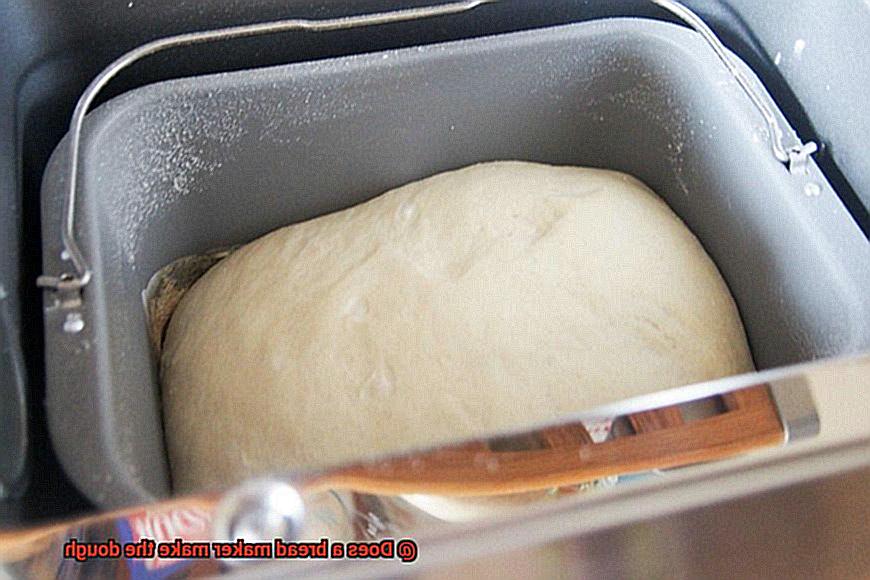
During the baking process, avoid opening the lid of your bread maker as this can cause the temperature inside to fluctuate and affect the quality of your bread. Be patient and let your bread maker do its job. Trust that it will produce a perfect loaf as long as you follow the instructions and use fresh ingredients.
Experimenting with Flavors
Finally, don’t be afraid to get creative with flavors. Add different types of flour or herbs and spices to create unique and delicious loaves. You can also add nuts, seeds, dried fruits, or chocolate chips to your bread for added texture and flavor.
Common Problems When Using a Bread Maker
The aroma of freshly baked bread can make anyone feel warm and fuzzy inside. But what happens when your bread maker isn’t cooperating? As an expert in common problems encountered when using a bread maker, let me help you troubleshoot and get back to enjoying those delicious loaves in no time.
One of the most frequently asked questions is whether the bread maker makes the dough for you. The answer is yes, most bread makers handle the entire process, including making the dough, kneading it, and allowing it to rise. However, keep in mind that not all machines are created equal. Some may have limitations when it comes to working with certain ingredients or types of dough. It is advisable to check your bread maker’s manual for specifics.
When it comes to the final product, several issues can impact the quality of your loaf. Overproofing or underproofing the dough is a major culprit that can result in a dense or gummy texture that nobody wants to bite into. Using expired yeast or not measuring ingredients correctly can also lead to less-than-perfect results.
Fortunately, these problems can be avoided by following instructions closely and paying attention to each step of the process. Experimenting with different recipes and techniques until you find what works best for you and your machine can also be helpful.
In summary, using a bread maker can be a fun and rewarding experience, but it’s important to be aware of common problems that can arise. Here are some tips for troubleshooting common problems when using a bread maker:
- Read your bread maker’s manual thoroughly before use
- Measure ingredients accurately
- Pay attention to each step of the process
- Experiment with different recipes and techniques
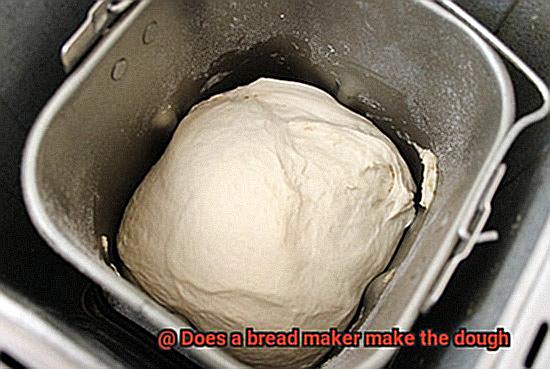
Alternatives to Using a Bread Maker
There are many alternatives available to help you create mouth-watering loaves without the help of a bread maker. As an expert in the bread-making world, I have compiled a list of various methods that can help you make delicious bread at home.
Firstly, there’s the classic method of making dough by hand. Although it requires some elbow grease, it can be a satisfying experience to have complete control over the dough-making process. All you need is a mixing bowl, some basic ingredients, and your hands. Knead the dough until it becomes smooth and elastic, and voila. You’re ready to bake.
The second method on our list is using a stand mixer with a dough hook attachment. This method is similar to making dough by hand, but the mixer does the heavy lifting for you. Simply add your ingredients to the mixing bowl and let the machine do its work. It’s important to keep an eye on the dough as it mixes, so you can stop the machine once it has become smooth and elastic.
If you don’t have a stand mixer, don’t worry. You can also use a food processor to make your dough. This method is quick and easy, but you’ll need to work in batches if you’re making a large amount of dough. Simply add your ingredients to the food processor and pulse until the dough comes together into a ball.
In addition, there are other creative alternatives such as using a French rolling pin or even your feet (yes, really.) to knead your dough. Using a wooden spoon to mix your ingredients in a bowl is also an excellent option for those wanting a more traditional approach.
Last but not least, don’t forget about the option of buying pre-made dough from your local grocery store. While this may not be as satisfying as making your own dough from scratch, it’s a quick and convenient option that can save you time in the kitchen.
3ogOxiF6WWk” >
Conclusion
To sum up, a bread maker can be a game-changer for anyone who loves baking but doesn’t have the time or energy to knead dough by hand. With its ability to mix and knead dough with precision and consistency, a bread maker takes the guesswork out of the process, making it easier for beginners and experienced bakers alike.
The benefits of using a bread maker are many. For one, it saves you time and effort. Kneading dough can be taxing on your hands and body, especially if you’re making large batches or have arthritis or other hand conditions. A bread maker eliminates this concern by doing all the hard work for you.
Another advantage is that it ensures your dough is mixed perfectly every time. Unlike human hands, which can tire or make mistakes, a bread maker’s motor never falters. It mixes and kneads your dough consistently, ensuring that it rises properly and turns into delicious bread.
However, there are some drawbacks to using a bread maker as well. Some models lack customization options or have size limitations that may not suit everyone’s needs. Additionally, some users report issues with uneven mixing of ingredients in certain models.
Ultimately, choosing the right type of bread maker for your needs comes down to personal preference. Whether you want basic functionality or additional features like jam-making settings or gluten-free options – there is an option out there that will meet your requirements.
Lastly, if you prefer more traditional methods of baking or don’t have access to a bread maker – don’t worry. Making dough by hand or using a stand mixer with a dough hook attachment are great alternatives that can yield excellent results too.

